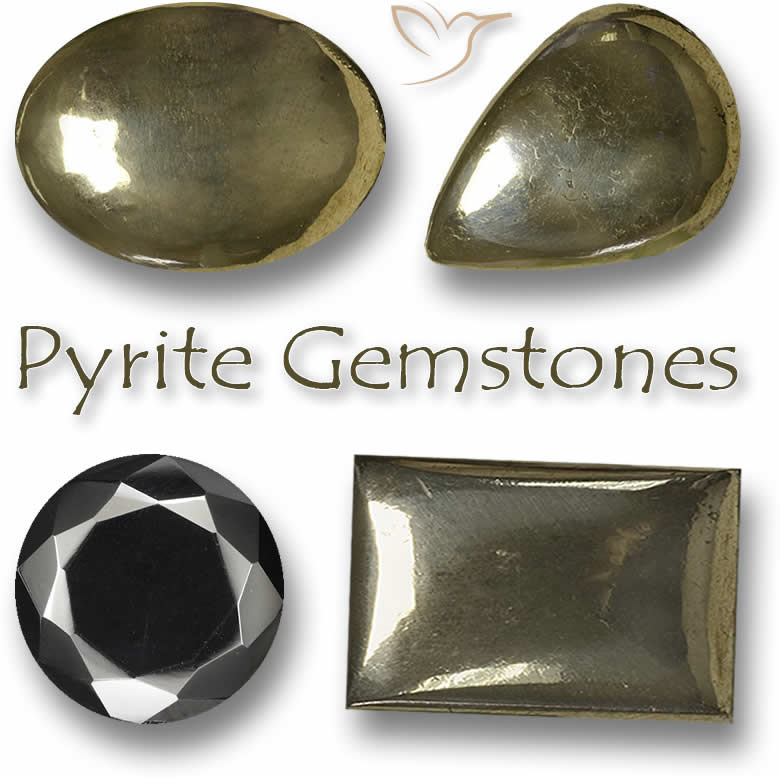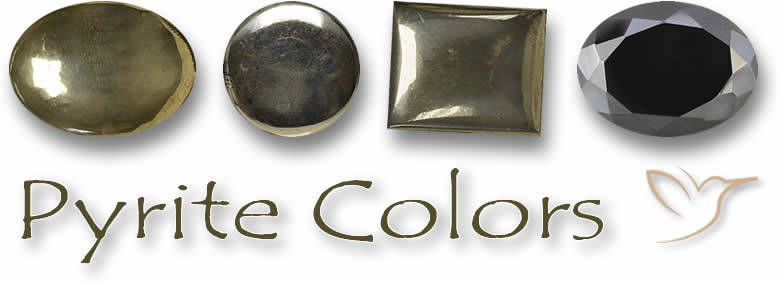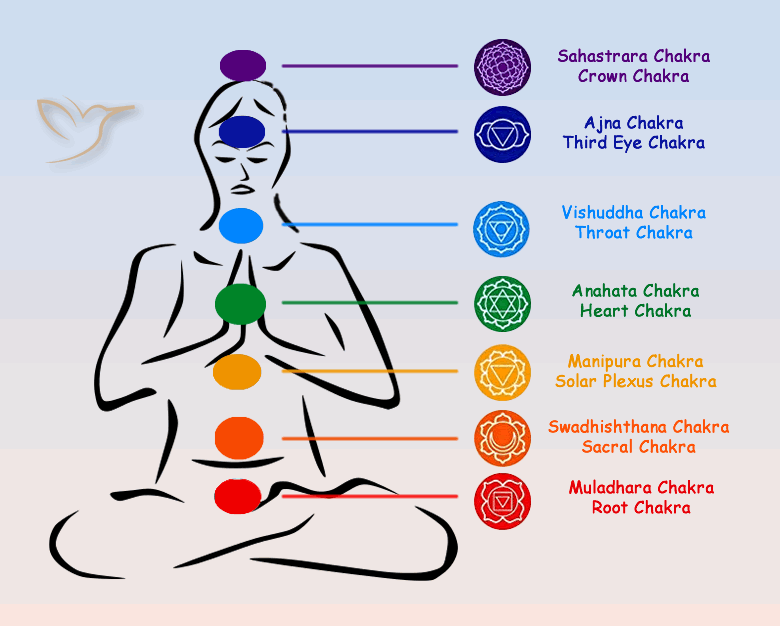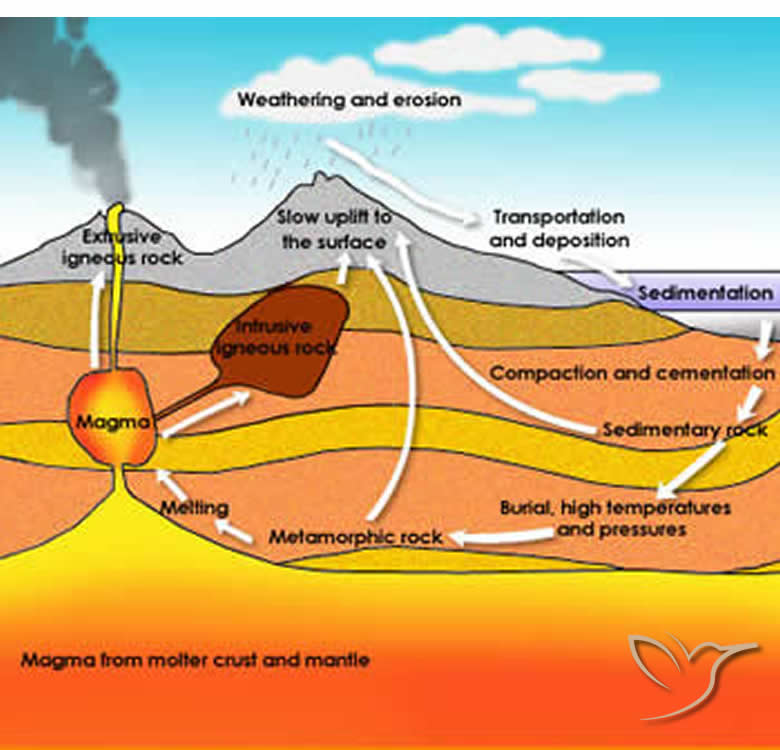What can I find in this article?
- Pyrite Colors
- Pyrite Species
- Pyrite Clarity and Cut
- Spiritual Meaning of Pyrite
- Pyrite and the Chakras
- Health Benefits of Pyrite
- Pyrite Price
- Pyrite Discovery
- Where is Pyrite found?
- How is Pyrite formed?
- Can Pyrite be treated?
- What jewelry is Pyrite suitable for?
- How to care for Pyrite.
- How to tell a real Pyrite
- Can Pyrite change color?
- What is so special about Pyrite?
- Pyrite - Gemological Properties
Pyrite Gemstone Information

Introduction
Pyrite, also known as "Fool's Gold," is a popular gemstone that is prized for its metallic luster and brassy yellow color. It is often used in jewelry and decorative pieces due to its striking appearance and affordability. While it may resemble gold, pyrite is actually a mineral composed of iron sulfide. Browse through our collection of stunning pyrite gemstones for sale.
It is perhaps a bit unfortunate that Pyrite’s major claim to fame is its nickname, “Fool’s Gold”, because of its similarity to the valuable metal and because they are often found together.
From the likes of Sir Martin Frobisher and Sir Walter Raleigh, early explorers of North America, to the miners in the California Gold Rush in the 1840s, there are many a tale of people thinking they had hit the mother lode only to discover it was Pyrite and not real gold.
The original ‘Fool’ is possibly Queen Elizabeth the First who financed colonies in the new world based on a sample of pyrite sent back to England by early explorers. I bet no-one said it out loud, though!
In early times it was used to start fires as it can emit a spark when struck (the name pyrite comes from the Greek, ‘pyr’ meaning fire). Nowadays it can be used in the manufacture of paper or lithium batteries but we are more interested in the shaped and polished version which creates one of the few shiny, metallic gemstones available today.

When used as a gemstone, Pyrite tends to be a pale yellow to a brassy yellow or gold color although some can be dark gray or almost black.
Superficially, when polished to a high luster, a piece of Pyrite can certainly look like a gold nugget but closer inspection will soon show up clear differences.
As far as gemstones are concerned, there is really only one type or species of Pyrite, the golden colored specimens polished into shiny cabochons or the darker version which can be faceted into interesting shapes.
There are a couple of noteworthy varieties but they are very rare:
- Rainbow Pyrite – a layer of miniature pyrite crystals in a rainbow of colors coating a matrix
- Pyrite Dollars – a flat disc with a radiating pattern on the surface

Gemstones can be transparent, translucent or opaque and in some cases all three in the one stone. The transparent to translucent examples tend to be cut into faceted gemstones for jewelry and the translucent to opaque ones are cut and polished into rounded cabochons.
Pyrite is an opaque gemstone, meaning no light will shine through it, with a metallic luster. The golden colored versions are nearly always polished into smooth cabochons with oval, circle and square shapes being the most popular.
Some dark gray, almost black pyrite gemstones are faceted into pears and ovals that can make very interesting pendants.
Pyrite is a protective gemstone which will shield the owner from negative influences and inspire positive energy and positive thinking. Pyrite is known as the ultimate gemstone of luck, prosperity and abundance so could be perfect for an office.
If you are facing challenging times or feel under pressure to perform, Pyrite will give you the strength and determination to succeed and continue the struggle until you win through.
Pyrite has a masculine energy but this does not mean it can only be used by men. It can boost a woman’s self confidence and assertiveness and help break out of a subservient role. For men, Pyrite can instill a feeling of comfort in one’s maleness and not have to ‘act’ dominant or tough.
Chakra is an old Sanskrit word referring to the wheel or circle in the seven energy centers found in your body each one influencing a different physical, emotional or mental state.

These are the Crown, Third Eye, Throat, Heart, Solar Plexus, Sacral and Root. Each chakra is linked to a particular color and a gemstone which has a dominant color will often be connected with that color’s chakra point.
In life, our Chakras get blocked or out of alignment and need to be realigned or cleansed. One way to do this is by the use of Chakra healing stones. The colors of these gemstones or crystals correspond to individual chakras, for example red for the Root Chakra or orange for the Sacral.
Pyrite is especially effective in dealing with any issues resulting from a blocked solar-plexus chakra.
Physical signs of a blocked solar plexus chakra include stomach ailments, over eating, ulcers, irritable bowel syndrome and weight gain in the stomach area.
Emotionally you can feel anxious, fear becoming involved with someone intimately either emotionally or sexually, lack intuition and repress your true feelings.
A well placed Pyrite gemstone can help alleviate these symptoms.
Pyrite can have some positive benefits to your physical health. Just as it is spiritually protective, it can also protect you from environmental pollution that fills the modern world.
It boosts the circulatory, endocrine and respiratory systems – giving the lungs the strength to fight bronchitis and pulmonary diseases and promoting the metabolism and sexual function.
Pyrite is thought to contribute to memory enhancement, intellectual stimulation, and the improvement of persuasion and communication skills.

Pyrite Price List |
||
| Color | Weight range | Price range / USD |
|---|---|---|

Yellow-Golden / Gray |
1ct + |
$0.8 - 2/ct |

Multicolor / Rainbow |
1ct + |
$2 - 6/ct |
Pyrite is not a very expensive gemstone with some interesting and attractive pieces in quite substantial sizes available which would make striking jewelry items or excellent additions to a gemstone collection.
They look impressive but would not break the bank! Have a look at our affordable pyrite gemstones for sale.

Before Pyrite was officially recognized as an iron sulphide by German mineralogists in the early 18th century, it was a term used for almost any stone that could strike sparks.
For a while, Pyrite was ground up to extract the sulphur which was used to make gunpowder and then pieces of pyrite were used as a sparking mechanism to fire early pistols.
Native Americans have been known to use highly polished pyrite gemstones as mirrors.
The earliest jewelry made from Pyrite is Ancient Greek earrings, pins and amulets and Pyrite beads and rings were popular in 19th Century England where they were sold as mourning jewelry under the name Marcasite after the death of Prince Albert.

Pyrite is found all over the world but gemstone quality examples are most often found in Peru, Russia, Italy, Spain and the USA.

Pyrite occurs all over the world in all types of rock formations, igneous, metamorphic and sedimentary. It is made up of iron and sulphide.
It is formed at high and low temperatures by cooling and crystallization of magma, by hydrothermal solutions where water heated by magma leads to the solid form or even by stalactitic growth caused by slowly dripping water.
Some gemstones can be treated to improve their appearance, anything from heating, radiation and dyes have been used over the years.
Pyrite is not treated in any way other than the cutting and polishing processes that occur in turning a rough rock into a lovely gemstone.
At GemSelect we will always inform you if any of our gemstones have had any treatments.
Pyrite is soft enough to be cut are carved into any shape but tough enough to withstand everyday use as an item of jewelry.
See our detailed article on the Mohs hardness scale here
Its relatively low cost and availability in large sizes and odd shapes make it ideal for artisan or hobby jewelry making. With a bit of imagination, you can make some really eye-catching pyrite pendants or rings.
Pyrite is very easy to care for, every now and then just clean with warm soapy water and gently wipe dry. Avoid any stiff or abrasive brushes and do not use harsh chemicals.
When storing, we suggest keeping all gemstones in separate soft bags as they can easily scratch each other.
Pyrite is rated at around 6.5 on Mohs Hardness scale which means it is fairly durable so it could scuff other gemstones such as opal or fluorite for example. Conversely a quartz or topaz gemstone might easily scratch your Pyrite.

Simply the best way to be sure you are getting a genuine gemstone as described by the seller is to buy from a reputable gems dealer, which has been established for a decent period of time and has a full refund policy. (A dealer like GemSelect perhaps)
However, if you are visiting a trade show or you spot a bargain on a website this might not be an option.
Pyrite is an inexpensive gemstone so it is unlikely that many dealers would go through the effort of producing an authentic looking fake.
Check on the internet or visit a gemstone shop to familiarize yourself with what a Pyrite gemstone is supposed to look like, the color, texture and weight, before buying.
Of course, Pyrite is famous for being passed off as gold so perhaps we should say something about that.
If you were to look at a piece of gold and a piece of Pyrite there would be some superficial similarities, although the color of gold tends to be bit more yellow than Pyrite, which as more brassy look.
The gold will be a bit shinier too, from every angle, while the Pyrite will look brighter on one side or the other as you turn it in the light.
Gold is a lot softer than Pyrite so it will have rounded edges and will scratch very easily – even a copper penny will do it (be careful testing this) while pyrite is quite durable and even a knife should not scratch it.
If you can perform a streak test, (rubbing the gemstones against a piece of white porcelain) the gold will leave a yellow line and the Pyrite will cause a dark green residue.
This has not been a comprehensive guide on how to make sure your Pyrite gemstone is completely genuine but I hope it helps a little.
At GemSelect, we currently offer brief identification reports from your choice of three well-respected independent gemological laboratories, American International GemLab (AIG), International Colored Gemstone Association Laboratory (ICA GemLab) and Burapha Gemological Laboratory (BGL Lab).

Some gemstones such as garnet or alexandrite can dramatically change color in different lighting conditions – say from outside in the sunlight to indoors under electric lighting.
Pyrite is NOT a gemstone which displays this phenomenon.
I am sure Pyrite did not want to be known as ‘Fool’s Gold’ and did not purposely trick 1000s of miners into believing that they had struck it rich. I doubt it ever wanted to be turned into gunpowder for blasting cannons or used as a spark to fire flintlock pistols.
However, after centuries of industrial use as a source of sulphuric acid it is time to let Pyrite retire gracefully to the display cases and jewelry boxes of the world.
I am sure it is more than happy to be released from the depths of the earth to be polished into charming gemstones to be worn and admired by us all.
Chemical Formula: |
FeS2; Iron Sulphide |
Crystal Structure: |
Cubic; pentagonal dodecahedra, octahedra |
Color: |
Brassy yellow to gray yellow |
Hardness: |
6 - 6.5 on the Mohs scale |
Refractive Index: |
Cannot be determined |
Density: |
5.00 - 5.20 |
Cleavage: |
Indistinct |
Transparency: |
Opaque |
Double Refraction or Birefringence: |
None |
Luster: |
Metallic |
Fluorescence: |
None |

